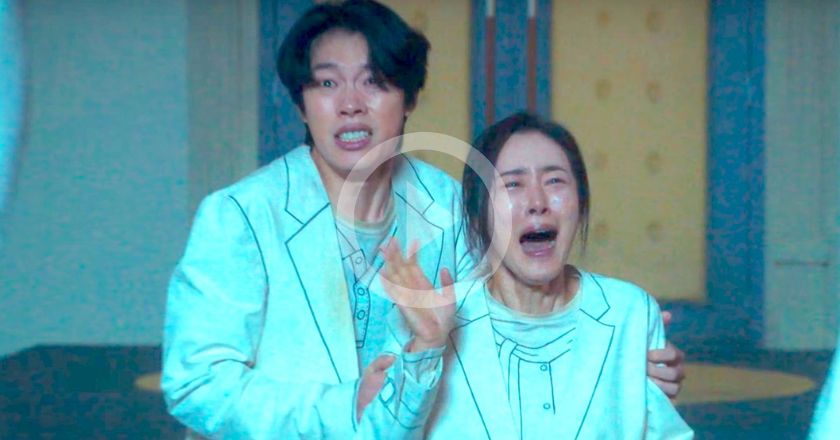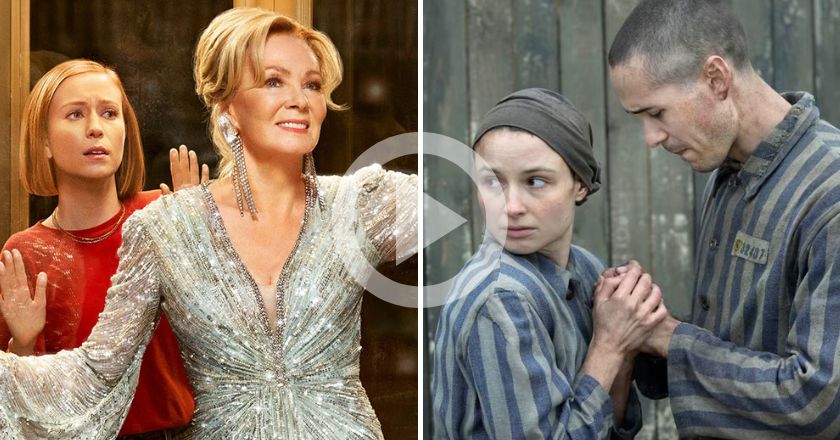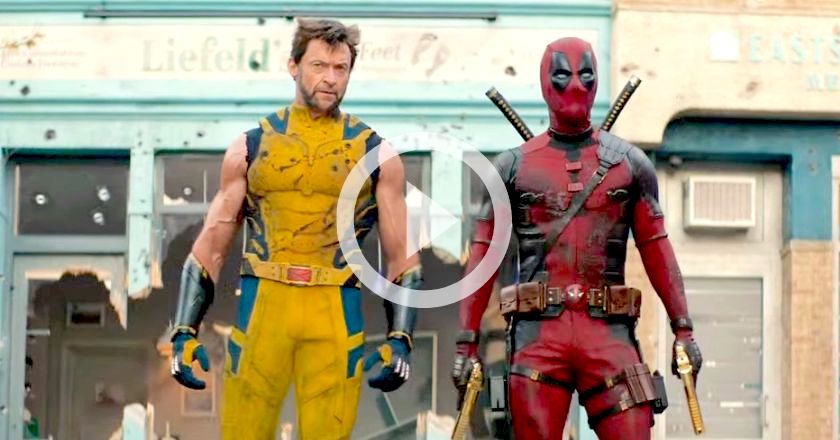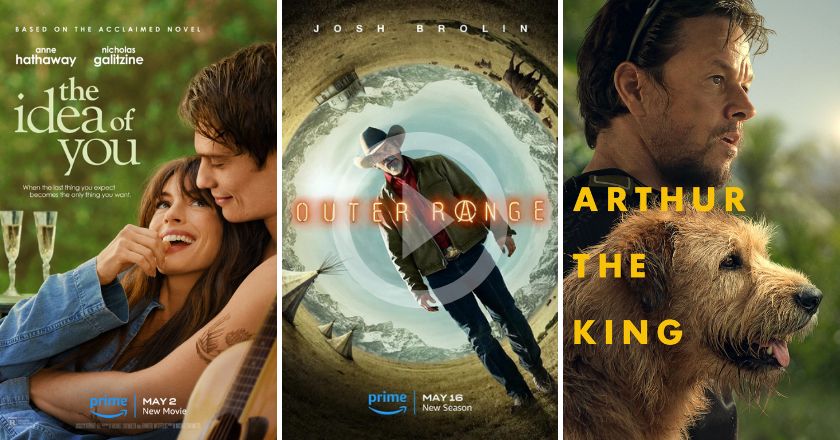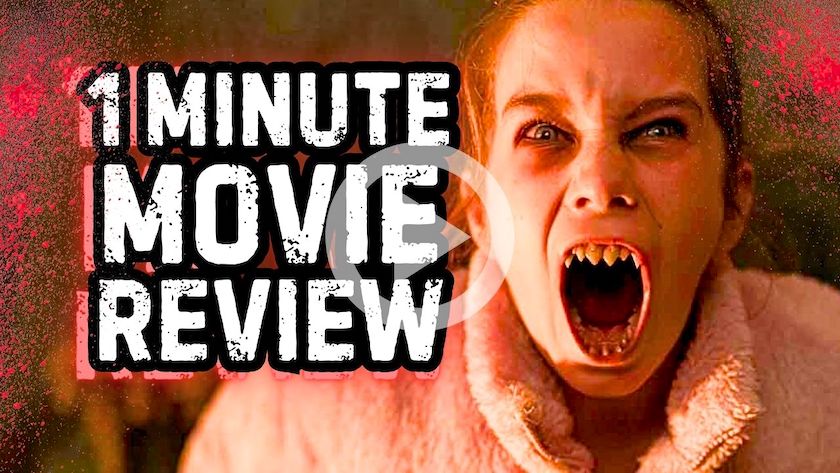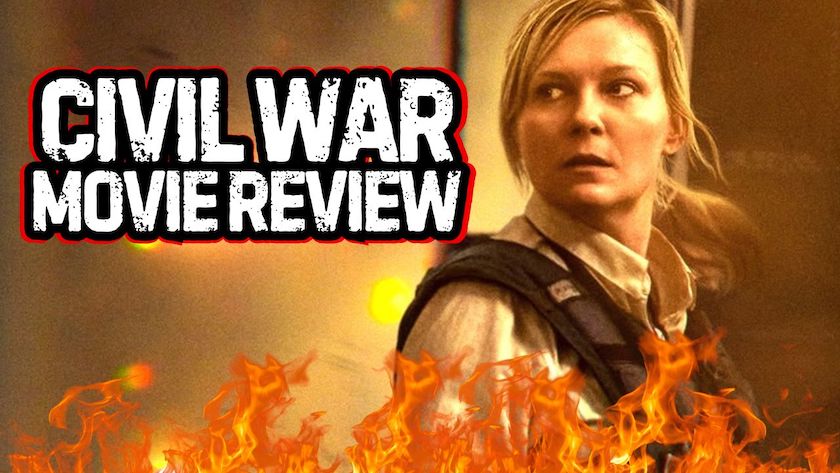
After The Lord of the Rings trilogy captivated audiences around the world and rightly became a fixture in popular culture for quite some time, fans were understandably delighted when director Peter Jackson announced that he would be taking on another of J.R.R. Tolkien’s works. The high expectations may have been a tad too high, as a mixed reception for both An Unexpected Journey and The Desolation of Smaug saw criticisms of unnecessary elongation and repetition. After all, Tolkien’s Hobbit novel is shorter than each part in The Lord of the Rings series.
Nevertheless, Peter Jackson’s Hobbit trilogy comes to a fitting end with The Hobbit: The Battle of the Five Armies, wrapping up the story in an action-packed finale that should please fans and have naysayers relieved at the shorter running time (144 mins, as opposed to An Unexpected Journey‘s 169 mins and The Desolation of Smaug‘s 161 mins).
The third chapter continues right from where the last film finished off, as Smaug proceeds to lay waste to Laketown. It’s a robust and unsurprisingly lengthy opening sequence, one that sets the energetic tone of the film and highlights the trilogy’s reliance on extending action sequences to pad out its plot into three films.

Those aware of Jackson’s stylings in LotR and his previous Hobbit outings will know what to expect. The melodrama is thick and heavy, at times amusingly so, but the seriousness in which Jackson and co. approach everything often allows us to follow suit.
The many strands of the plot are well handled, in the sense that it is simple enough to understand who is doing what, where and why. Yet, it’s the film’s many moving parts that fail to tangibly fit together in an emotional package, as The Return of the King did so nicely.
Although Martin Freeman’s Bilbo and Ian McKellen’s Gandalf are two of the overall story’s biggest characters, they’re mostly left to desperately run from one location to the next. Thorin’s (Richard Armitage) corrupted soul is nicely crafted, if overly familiar in Tolkien’s big-screen translations, and Luke Evans’ Bard is a workable hero. Evangeline Lilly is undoubtedly a welcome on-screen presence as Tauriel, but her relationship with Aidan Turner’s Kili never quite convinces on the level the film would like.
The entire cast does a fine job and the characters are indeed well crafted, but the film’s insistence on layering every tangent inevitably leads to an emotional disconnect between viewer and plot. This disconnect is not major, mind you, but it is enough to affect the overall proceedings.

What the film does have going for it, is countless fun and sprawling action sequences. The special effects are wonderful and, once the eyes become accustomed, the higher frame rate (where available) gives it all a unique touch.
The Battle of the Five Armies is mostly action, with some welcome (yet unremarkable) scatterings of characterisation. As proven with his LotR trilogy, Jackson knows how to stage battle sequences. The huge battles, including men, creatures, dwarves, elves and eagles, are superbly constructed, and benefit from a big-screen viewing. The 3D, also, is nicely handled.
Jackson’s sixth exploration of Middle Earth is a solid outing. The film’s conclusion will no doubt serve up a sentimental moment to those that have been enraptured by the director’s adaptations of Tolkien’s literary work and will have many wanting to revisit Middle Earth as soon as possible. The Battle of the Five Armies, despite suffering from the many moving parts set in motion in the first two films, manages to rocket along at an energetic pace and ensures that it doesn’t succumb to ramblings or meanderings. It may not be on par with Jackson’s best Tolkien adaptations, but this is still a great time at the cinema.
THE REEL SCORE: 8/10
– G.T.

